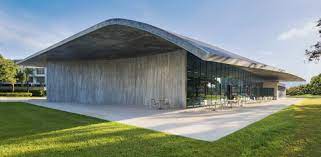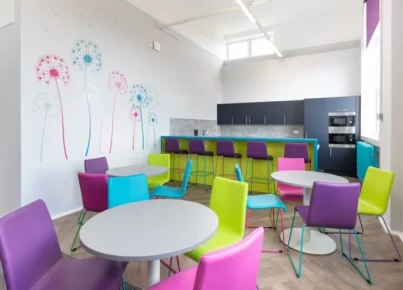Education is the backbone of a society, and providing our children with the right environment to learn is essential to their growth and development. Building schools for the future is not just about constructing new buildings but also about creating spaces that foster optimal learning and cater to the needs of students, teachers, and communities. In this article, we will discuss the basics of building schools for the future.
1. Adaptive Spaces: Adaptive classrooms are essential in creating a conducive learning environment. These spaces are equipped with flexible seating arrangements, interactive whiteboards, and technology that enable easy adaptation to various teaching methodologies. Such classrooms allow teachers to personalize lessons based on each student’s individual needs, ultimately leading to better educational outcomes.
2. Sustainable Design: A vital aspect of building schools for the future involves incorporating sustainable design features such as solar panels, rainwater harvesting systems, and green roofs. By embracing sustainable practices from the onset of construction, schools can significantly reduce their carbon footprint and running costs while educating students on the importance of conserving resources.
3. Emphasis on Outdoor Spaces: Outdoor learning environments play a crucial role in building schools for the future. Green spaces not only provide students with more room for physical activities and sports but also offer natural settings where they can relax, connect with nature, and develop a sense of environmental stewardship.
4. Community Integration: Communities play an indispensable role in shaping future generations’ education. As such, school designs should actively integrate community spaces such as public libraries, performance halls, and sports facilities that can benefit both school-goers and local residents. This encourages collaboration between students and community members leading to stronger social bonds and enhanced learning opportunities.
5. Greater Accessibility: Accessibility is key when designing modern educational buildings. Future school designs must be inclusive by addressing mobility challenges faced by individuals with disabilities or other impairments while complying with accessibility laws and regulations.
6. Incorporating Technology: Digital advancements profoundly impact teaching methods. Building schools for the future implies acknowledging these advancements and incorporating technology into classrooms. Students and staff should have access to high-speed internet, devices such as laptops or tablets, and digital resources that enable global learning opportunities.
7. Safety and Security: Ensuring students and staff feel safe in their educational environment is paramount. Schools must feature well-lit areas, controlled access points, security cameras, and transparent spaces that promote visibility while bringing about a sense of security on campus.
In conclusion, building schools for the future must prioritize adaptive spaces, sustainable design, outdoor learning opportunities, community integration, accessibility, technology incorporation, and safety. By doing so, we are not only giving children the ideal environment to learn but also fostering their growth as well-rounded individuals who will shape the world’s future.




